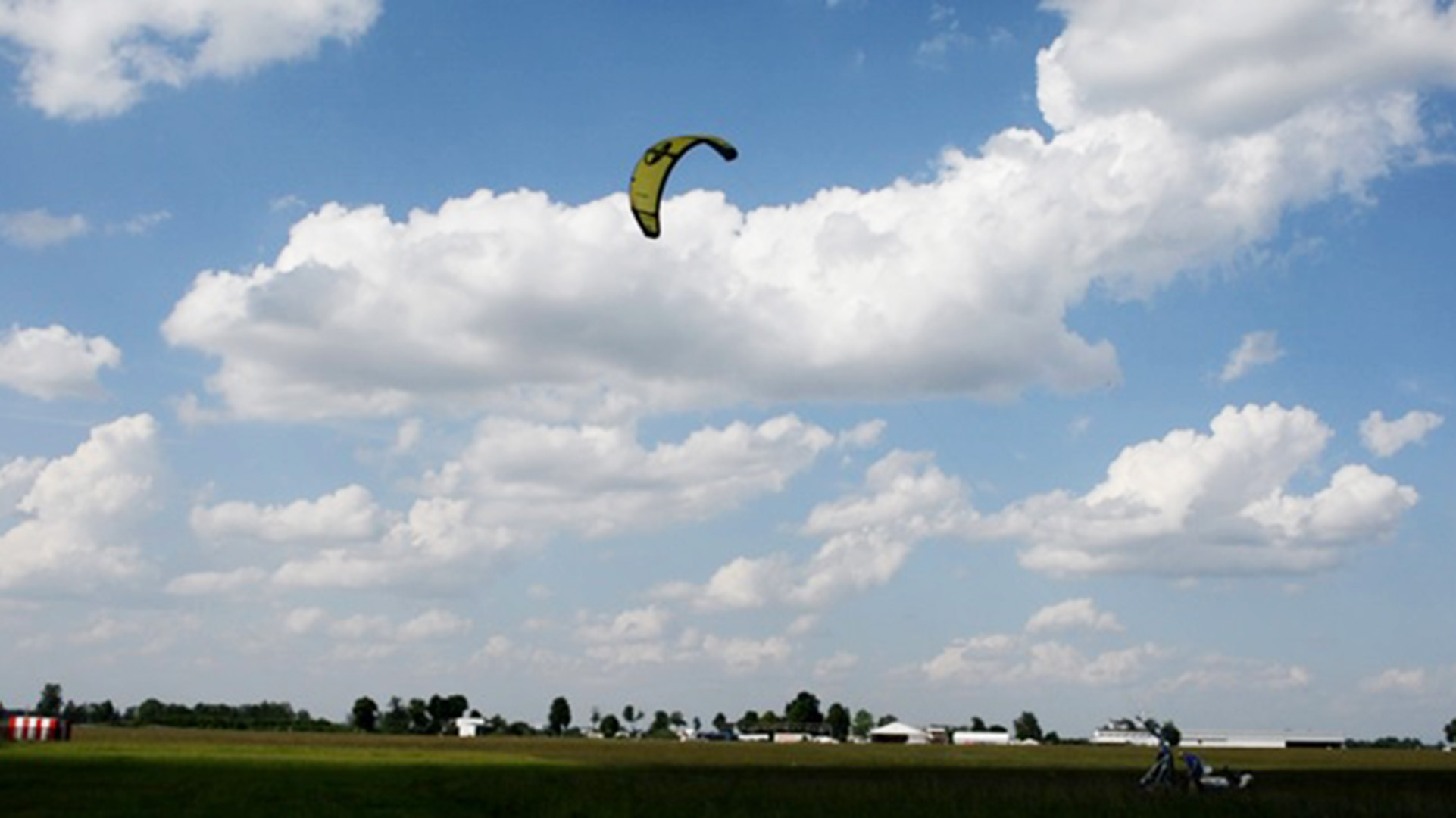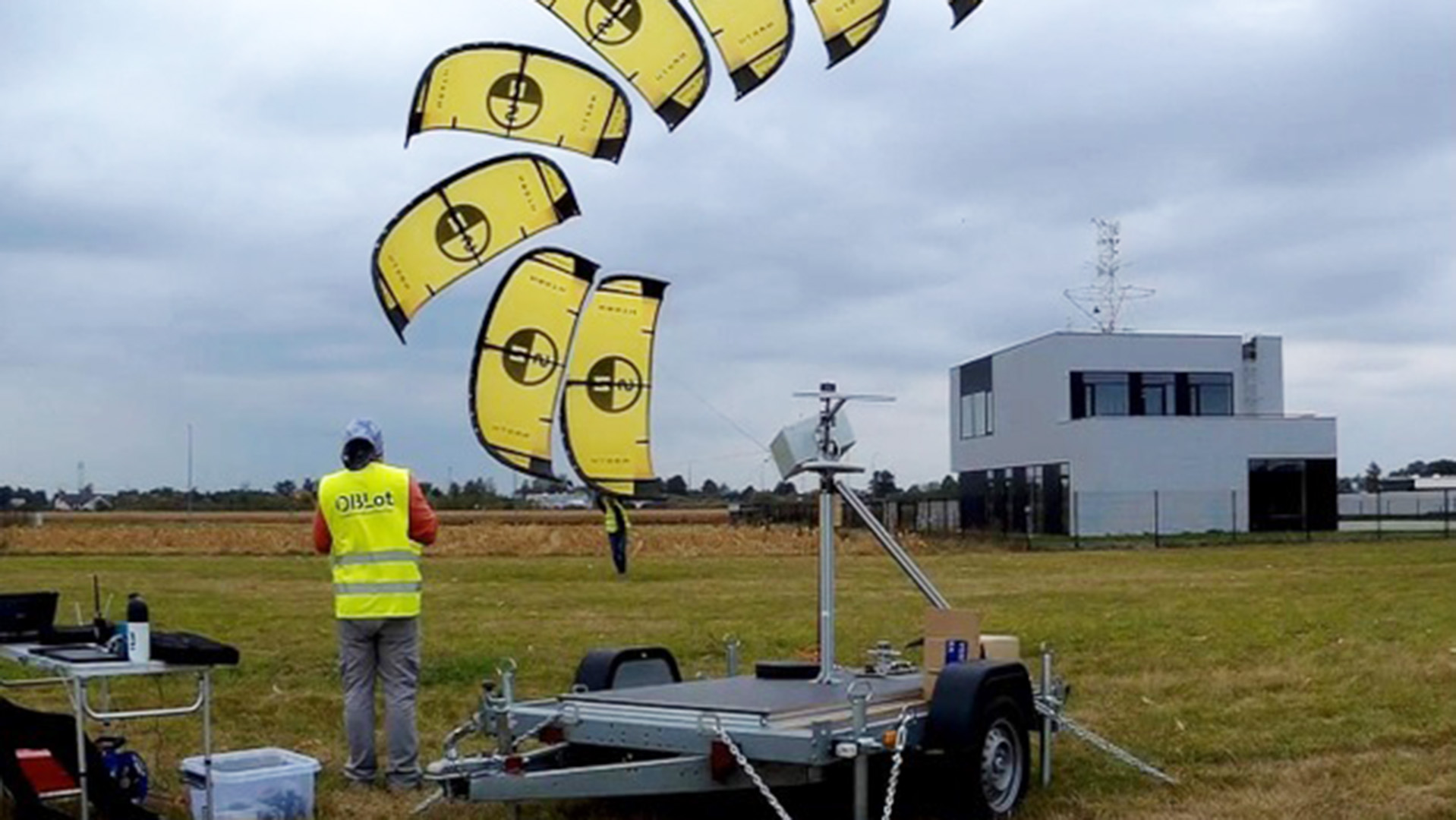Energy from kites? It's possible!
A group of researchers from WUT has supported a project by the Wrocław startup NJORD Energy. The company, founded in November 2023, aims to bring an innovative solution to the renewable energy sources (RES) sector. This cutting-edge system converts wind energy into electricity using special kites.
The entire project involved designing, building, and testing the airborne component of an electricity generation system using a kite. The airborne component consists of the kite, a navigation and control system, and a tether. The ground component is a power generator, driven by the tether as it is unspooled by the kite.
- The idea for this project originated from NJORD Energy, which reached out to us. WUT is responsible for constructing the airborne part of the system. The project has now been successfully completed—we designed, built, and flight-tested the airborne component. The challenge was to build a navigation and control system with motors that steer its flight using cables, as well as to master flying the kite in figure eight trajectories with the developed navigation and control system,” explains Sebastian Topczewski, PhD, from the WUT Faculty of Power and Aeronautical Engineering.
An alternative to existing energy sources
One of the greatest advantages of kite systems is their low environmental impact. The process of generating energy using kite systems produces no greenhouse gas emissions or other pollutants. The kite can ascend to higher altitudes, where winds are stronger and more stable. It also has an advantage over technologies like photovoltaic panels, as it can operate around the clock, not just during the day.
- The lack of a need for large structures, as with wind turbines, also means that kite systems can be installed in various locations without significantly impacting the local natural environment. All of this makes kite systems a promising alternative to traditional renewable energy sources, including wind and solar power plants,” adds Sebastian Topczewski, PhD.
The WUT team involved in the project included: professor Robert Głębocki, PhD (team leader), Sebastian Topczewski, PhD (work organization), Marcin Kasprzyk, MSc (project contractor), Mateusz Sochacki, MSc (project contractor), Tomasz Barczak, MSc (project contractor), Mateusz Strachowski, MSc (project contractor), Franciszek Dul, PhD (project contractor) - all from WUT Faculty of Power and Aeronautical Engineering. All research was conducted at WUT Aviation and Space Research Centre in Przasnysz. The project budget amounted to PLN 300,000.











